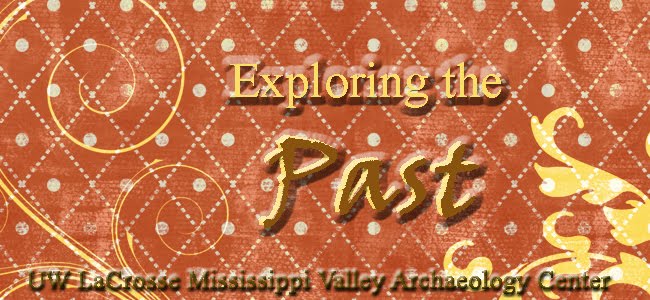How do you know it's an artifact and where do you find them? Today we spent the day learning just that for our dig tomorrow. Since prehistory has no written records, archaeologists have to look at the location, the patterns of objects in the landscape, and the context or time and space). Many of us think of the romance of archaeology such as Indian Jones, discovering King Tut's tomb, or the ice man. But much of it is mundane. Stewart Picket started a whole new approach referred to as garbology - looking at garbage. Grant Clark had a systematic study of antiquity to reconstruct the past: who, when, and where which is the easier part. It's the why that is the hardest part to explain, such as why have some civilizations simply disappeared.
90 to 95% of what was left behind is perishable so lost. We therefore can only look at the remaining 1 to 10% for cultural activity and physical traces. Archaeologists look at: 1)habitation sites, 2)burial sites, 3)quarry sites, 4)kill sites, 5)underwater sites, and 6) special processing sites.
There are 2 basic types of artifacts - portable and non-portable. Examples of portable are pottery and tools. Non-portable examples are house basins and storage pits. Archaeologists look at ecofacts such as plant and animal remains. When they looked at the ice man they even looked at the remains in his stomach to understand his diet.
Jim Theler used the example of a house in class in analyzing the content. Do you look at the contents and sort them according to tin, china, tools, etc. or do you go room by room, and sort them by content and location. Many of the objects we know facts about, but there are many we must make inferences about. He gave us a stone with a groove and we had to guess what it was used for. Then he brought in a modern day tool that was similar, and then we knew exactly what it was - the first axe. We learned the importance of analogy, to start with the modern contents, and work back - look at current tools and how are the artifacts similar, but we can sometimes be wrong.
Sites are found simply by walking over them, digging, asking other collectors where objects were found, flying over an area, erosion, or accidental (think of the ice man.) What would you do if you found a valuable artifact or site?

No comments:
Post a Comment